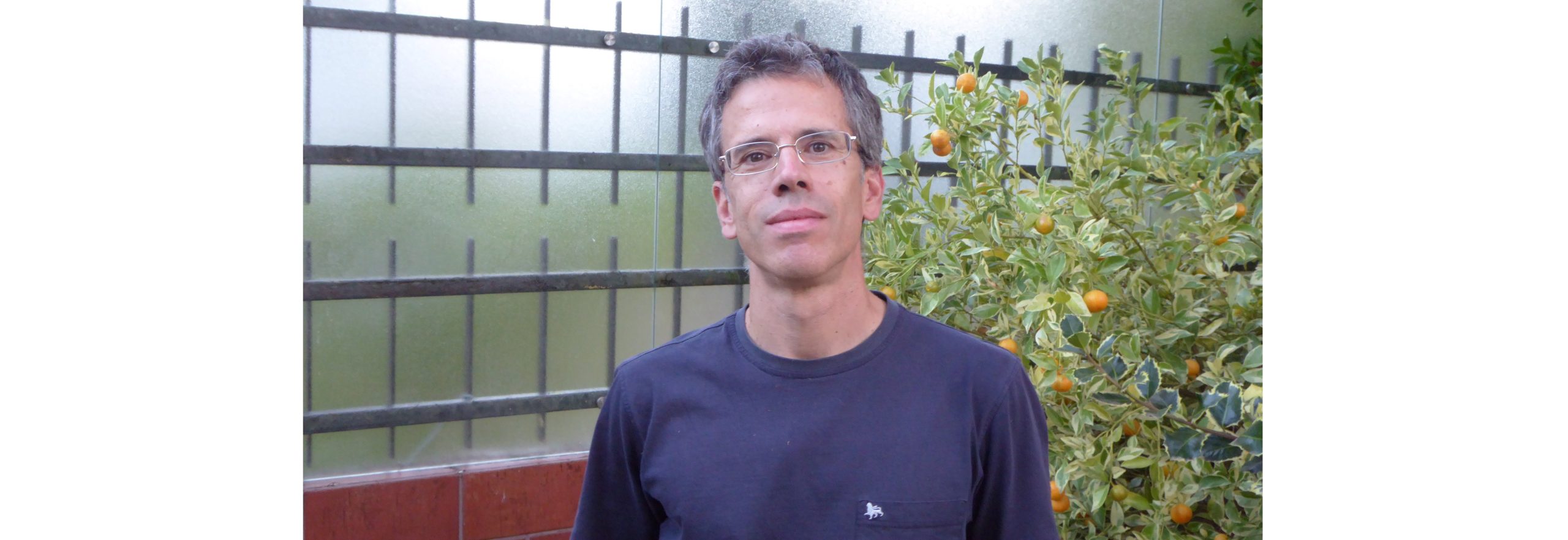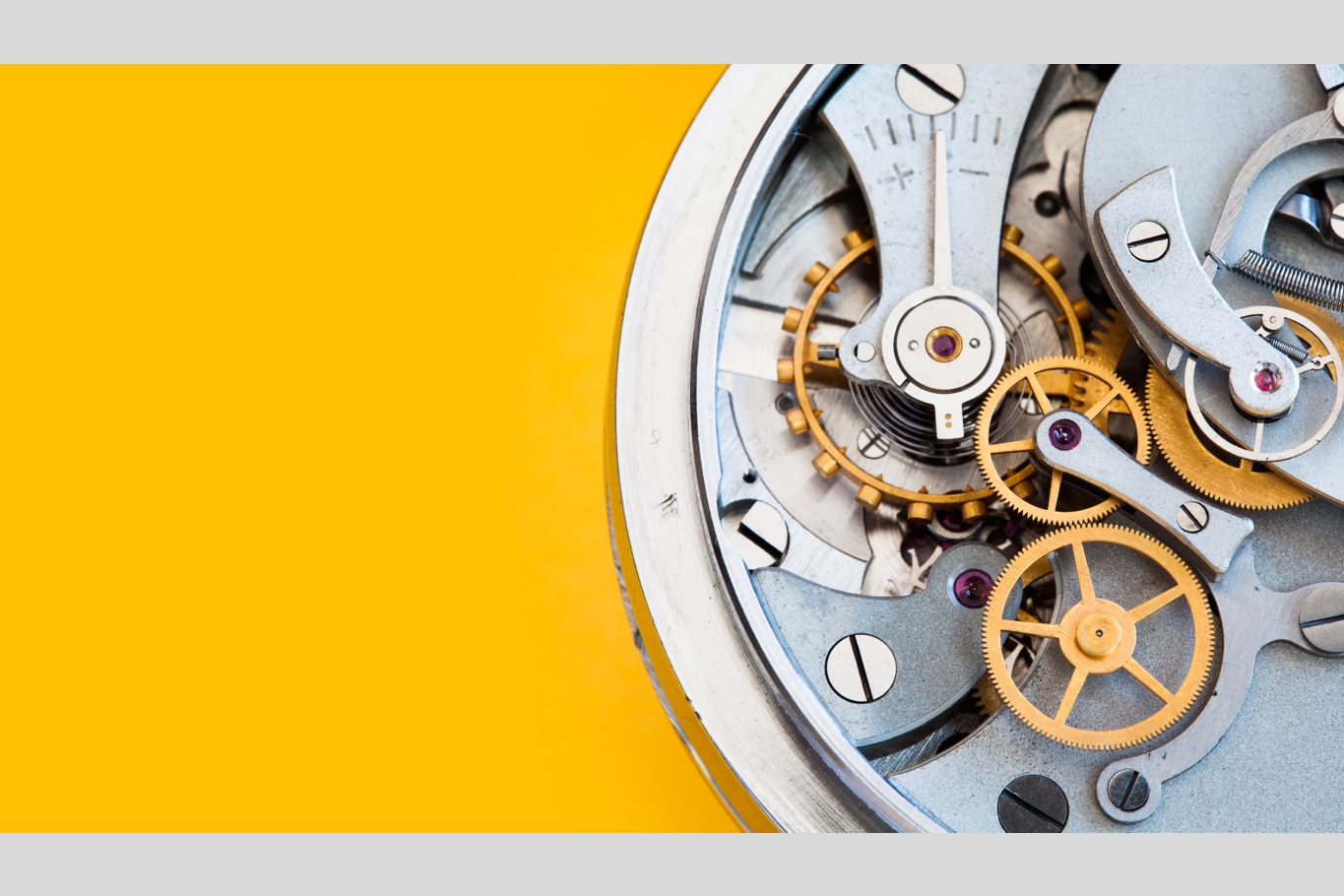Seminars@DEM - Pedro Leal Ribeiro (Faculty of Engineering, University of Porto)

"The effect of curvilinear fibre paths on the dynamics of composite laminates" - April 5, 2024, Friday, 3:00 pm, Pavilhão de Mecânica II, amphitheatre AM
Date: April 5, 2024, Friday
Time: 3:00 pm
Place: Pavilhão de Mecânica II, amphitheatre AM
• Speaker: Pedro Leal Ribeiro (Faculty of Engineering, University of Porto; INEGI - Institute of Science and Innovation in Mechanical and Industrial Engineering, LAETA)
• Title: "The effect of curvilinear fibre paths on the dynamics of composite laminates"
• Abstract:
This lecture addresses vibrations and aeroelastic instabilities of laminated composites reinforced with curvilinear fibres (VSCL - Variable Stiffness Composite Laminates). In this type of VSCL, unlike what occurs in straight fibre composites, the stiffness coefficients of the stress-strain relation, in the global coordinates, change in the panel’s domain. This feature enlarges the design space. The principle of virtual work and the p-version finite element method (FEM), with hierarchic basis functions, are employed to derive the ordinary differential equations of motion that represent the dynamics of the panels. The p-version FEM generally requires fewer degrees of freedom and provides for a higher degree of continuity than the more common h-version FEM. Furthermore, it is very straightforward to apply it to structures with a simple shape. The first case studies concern vibrations of VSCL panels in the absence of airflow. The linear natural frequencies and mode shapes of vibration of VSCL plates and shells are analysed and compared with the ones of traditional, straight fibre, panels. Comparisons are also carried out between data from the developed models and from experimental modal analyses, to verify the theoretical approach. The studies are then extended to moderately large displacements; the non-linear modes of vibration and the non-linear response to external forces are investigated. Finally, aeroelastic instabilities of VSCL thin structures are examined. The diverse case studies demonstrate the potential of curvilinear reinforcement fibres to obtain a better performance, related to vibrations and aeroelastic stability. It is, for example, possible to increase natural frequencies and critical flutter speeds. There are, nonetheless, cases where straight fibres provide the optimal solution.
• Short Biographic Note:
Pedro Leal Ribeiro is an Associate Professor at Faculty of Engineering, University of Porto (FEUP), holding a PhD by the Institute of Sound and Vibration Research, University of Southampton; previously he studied Mechanical Engineering at IST, UTL and FEUP. Pedro Leal Ribeiro carries out research in structural dynamics, focusing on non-linear dynamics. He co-authored over 70 articles in journals and two book chapters. He also participated as a researcher or Principal Investigator (PI) in various projects. Pedro Leal Ribeiro has been Honorary Researcher at diverse European institutions, including University College London, TU Delft, and Arts et Métiers, Paris Tech (Lille Campus). He lectured various subjects in the area of Applied Mechanics and participated actively in the organization of conferences and symposia. Pedro Leal Ribeiro acted as a co-editor of journal special issues and is, currently, a member of the Scientific Advisory Board of the Journal of Theoretical, Computational and Applied Mechanics.
This is another Seminar of the “Seminars@DEM” cycle.
Next Seminar, April 19, 2024, Friday, 3:00 pm.
